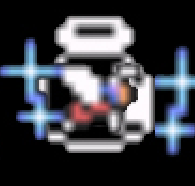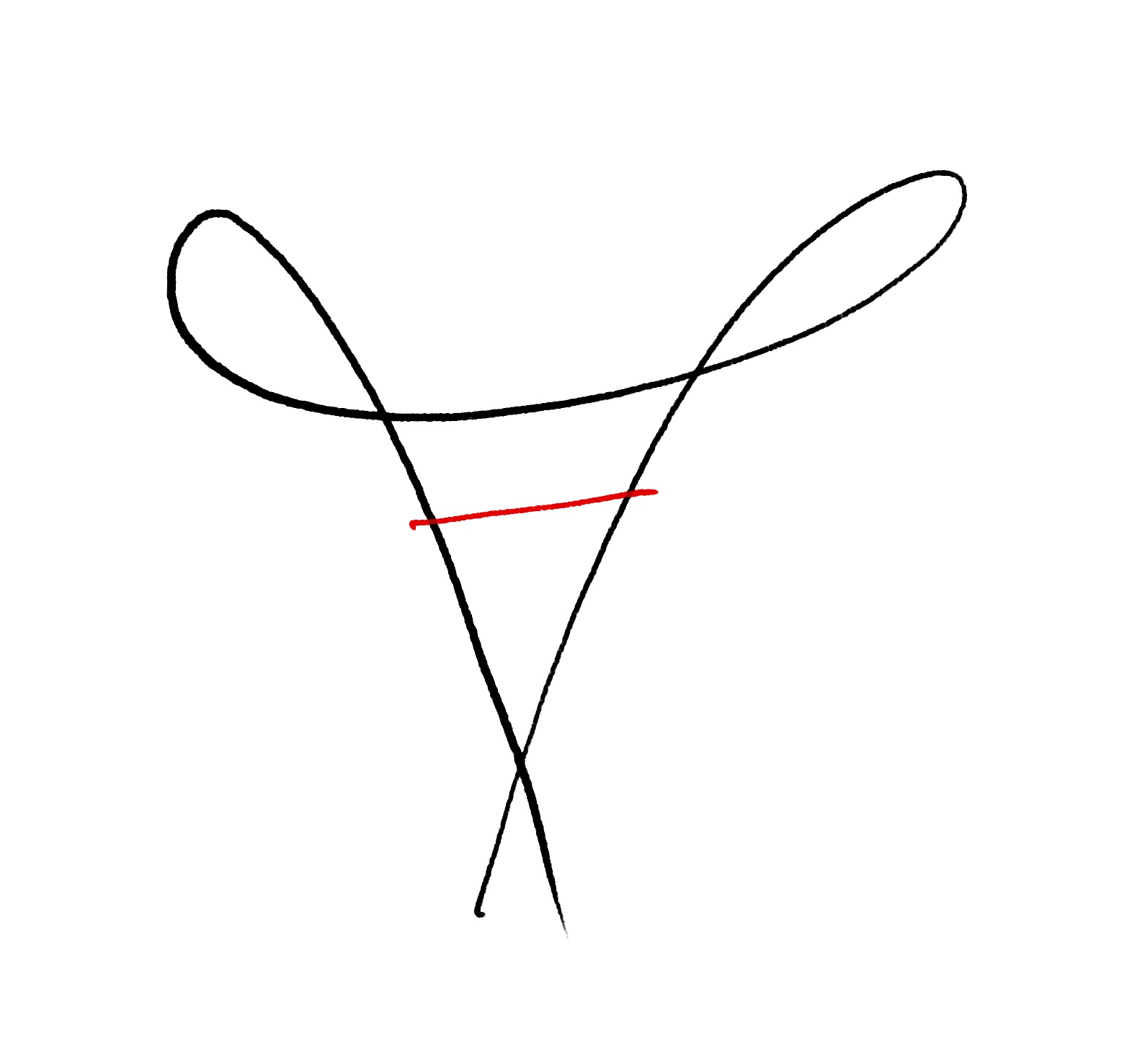I’m struggling to pan the chorus of my song. It only has drums, bass, one slightly distorted guitar and a lead vocal.
The drums have a nice default panning spread from L-R in the DAW I’m using (Logic). But the convention I’m reading online recommends putting bass and vocal in the centre.
My question is, what do I do with the guitar, which is just playing a power chord at the beginning of each bar.
I like songs that fill the stereo spectrum but due to the composition, this one seems narrow by comparison.
I’ve read about stereo expanders but I’m not sure when to sure them. I was also thinking that I could somehow split the guitar into two tracks by frequency and pan those differently. Not sure how to go about that yet and then not sure if I would need to do the same for vocals in that case.
Any suggestions on how to make the mix a bit more exciting without changing the composition ?
Record the guitar part twice on 2 separate tracks then hard pan them left and right.
I tried that based on your suggestion and it really helps, thanks a lot!
Np. Good luck with your recording.
This, OP. It’s pretty much the standard for stuff like this.
Had this happen to me with an EP I was working on as a sound engineer / producer.
When the guitar was not simply doubled and paned L/R which was a bit too obvious most of the time, I had fun keeping the guitar at around 80℅ left and placing FXs for the voice and guitar on the opposite side. Worked quite well.
Very nice touch. I need to learn about sends and buses because the instruments alone aren’t enough to achieve what you’re talking about. Thanks, I’ll definitely be doing this.
Tl;Dr: double-track the guitar
I was also thinking that I could somehow split the guitar into two tracks by frequency and pan those differently.
You really don’t want to do that, because there’s nothing else to occupy the frequencies you cut on each side. Also, unless you use a Linkwitz-Reiley (crossover) filter, you’re going to get some frequency distortion around the crossover frequency if a listener listens in mono.
IMO your best bet, especially considering that you’re tracking distorted guitar playing power chords, is to double-track and pan hard left and right as is customary. IIRC stereo expanders work better on already stereo material, so it can’t hurt. IMO hard-panning should be enough, but if it isn’t, try dropping in a stereo expander.
Now I probably would double-track something like this in this case, but in other situations like this it might not be necessary. I pretty much always double-track distorted guitar, even if it’s not heavy distortion. IMO the arrangement you’re describing is pretty sparse at this part of the track. If the whole song or album is wide and expensive, it might make for some good contrast to make this part not wide.
Check how the mix sounds in mono! This is good practice in general, but if you’re messing with the stereo width then you really need to make sure that there’s not too much phase cancellation when your track is played through mono speakers.
I have seen short stereo delays used to approximate double-tracking (one side delayed by 15-30ms, other side dry). However, this isn’t very convincing IMO. Plus, the two sides are basically the same other than a time delay, so there’s some nasty phase cancellation when summed to mono.
This next approach is a bit…experimental. I have gotten good results, but I don’t fully understand why it works. Proceed with caution.
Lastly, I have experimentally gotten my best results with “live single-take double-tracking” for heavy guitars by taking a formant shift plugin and modulating a formant shift using (pseudo)random automation. All this is before the amp (plugin). My theory about why double-tracking “works” when simply doubling the signal or using “typical” modulation (chorus, phaser, flanger) or delay plugins is that the outputs of those transformations are too correlated with the inputs, so we just hear a “shittier” (transformed) version of a single signal instead of two (relatively) uncorrelated signals. If the notes played in both takes of a real double-tracked performance are musically identical and recorded using identical gear, but not mathematically identical, then the difference between these two signals are only in the transient responses, i.e. in the timbre. Practically, this represents the fact that these takes were recorded separately with different initial conditions and slightly different playing technique. Since timbre is determined by the formants, applying a small and randomized formant shift to one channel should make them sound like at least somewhat different performances. I’m still perfecting sensible ranges, but so far I’ve had good results with a formant shift range around ±200 cents as fast as the DAW is capable of switching. Because I use a formant shift and not a broadband pitch shift, the fundamental and a few higher harmonics should not be affected. Additionally, formant shift plugins are designed for the exact purpose of shifting the timbre without shifting the fundamentals or the rest of the performance. Finally, this plays nicer in mono.
For reasons I don’t fully understand, it works poorly for fake quad-tracking, like substantially worse than double-tracking.
I’m looking to develop this into a (would be FOSS) plugin, but the math and coding behind pitch/formant shifting compared to other effects is like final-boss level hard, even using already-existing libraries, so it’s going to be a while before I can even begin to develop this.
I based the above approach on how I understand Waves’ Vocal Doubler to work. I’m not 100% sure because it’s not open-source, but I think it uses a randomly modulated stereo delay.
Very interesting and thank you for introducing me to formant shifting. I’ll be experimenting with that one :)
I agree with the other comment saying double track and hard pan.
Stereo imaging / widening, reverb, ping pong delay, chorus, can all make things sound wider as well. Don’t be afraid to play with sends and pan them too (eg reverb send panned hard left while the dry instrument is hard right)
Oh, I must look into sends and buses because those sound like something I’d really like to look into. Thank you!, next level stuff there for me :)
They are great, and once you “get” it it’s easy. Basically just duplicating your signal and doing something else to the copy. Many possibilities :)
Definitely keep the things like vocal bass, kick etc straight down the middle. You could consider sending the guitar to a separate bus, adding some soft effects and then panning those. Depending on the tone of your bass, you can duplicate it, high pass one and low pass the other, send the low down the middle and slightly pan the brighter track. You could achieve quite a bit of width just doing this and without recourse to stereo imaging, which of course you can still use.
I wanted to try something like that and what I did was double tracked the bass and put an EQ on each of them. But I wasn’t sure if I was cutting them 50% each (high / low pass), or if I even need to be that strict. I’ll revisit it and go by ear rather than eye because this sounds exactly like what I need. Thank you!
When you say 50%, are you referring to the ‘middle’ of the frequency curve…? Try separating… low and high pass at about 150-200Hz then centering the low, keeping it clean and adding some kind of saturation to the high then panning two of that, not mad or hard L/R. If the bass conflicts with the kick for space, give the kick priority, either using dynamic EQ or multiband on a side chain.
There is no right or wrong here, just ‘what works’ but finding the sweet spot in these strategies might help.
Someone below mentioned double tracking the guitar by replaying. This is a good idea but make sure your timings are hitting, especially on supporting ‘power’ chords, otherwise you’ll also lose punch in the final mix. If you’re double tracking, listen in mono too. You will possibly have phasing issues.
Enjoy.






